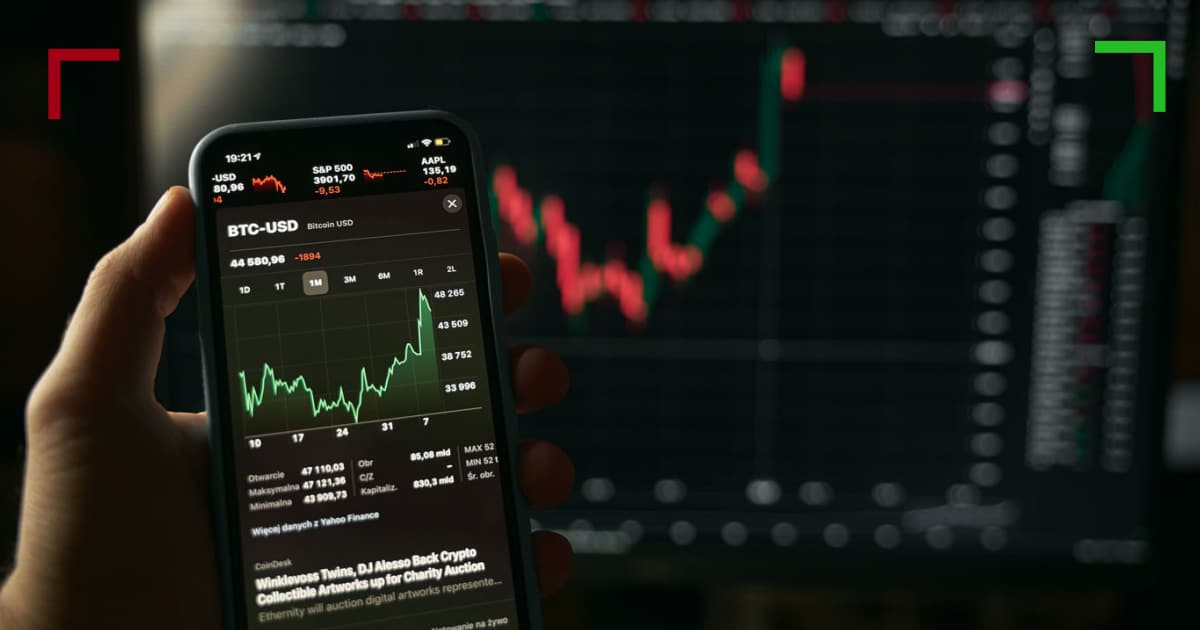
Comprehensive Guide to Crypto Trading Analysis
The cryptocurrency market has gained unprecedented popularity in recent years, attracting both seasoned traders and newcomers alike. One key aspect that these traders must master is crypto trading analysis. This article aims to delve into various analytical methods, tools, and strategies used in crypto trading analysis, paving the way for more informed decision-making and successful trading outcomes. For additional resources, you may want to check out Crypto Trading Analysis https://suohk.com/website-list-1256/.
Understanding Crypto Trading Analysis
Crypto trading analysis involves studying market trends, evaluating price movements, and predicting future price action. It can be broadly categorized into two main types: fundamental analysis (FA) and technical analysis (TA). Both approaches offer valuable insights and can be used in conjunction to enhance trading strategies.
Fundamental Analysis (FA)
Fundamental analysis focuses on the intrinsic value of a cryptocurrency, examining various factors such as project viability, team expertise, market demand, and competition. By evaluating these elements, traders can determine if a coin is undervalued or overvalued.
Key aspects of fundamental analysis include:
- Project Whitepaper: The whitepaper outlines the project’s goals, technology, and roadmap. A thorough reading can provide insights into its potential success.
- Team Background: A strong, experienced team can significantly influence a project’s credibility. Researching team members’ backgrounds and past projects can offer critical insights.
- Market Demand: Understanding user adoption and demand for a project’s use case is vital. By assessing how a cryptocurrency solves a particular problem or meets a market need, traders can gauge its future value.
- Regulatory Environment: Government regulations can impact a cryptocurrency’s viability and growth. Keeping abreast of regulatory changes in different regions is critical for traders.
Technical Analysis (TA)
Technical analysis, on the other hand, involves analyzing historical price data and trading volumes to forecast future price movements. TA relies heavily on charts, patterns, and indicators that traders use to make informed decisions.
Some widely used tools and techniques in technical analysis include:

- Price Charts: Traders utilize various chart types (line, candlestick, bar) to visualize price movements over specific time frames.
- Support and Resistance Levels: Identifying critical support and resistance levels can help traders understand where price reversals may occur.
- Indicators: Tools such as Moving Averages, Relative Strength Index (RSI), and Bollinger Bands provide additional insights on price trends and potential reversals.
- Chart Patterns: Recognizing patterns such as Head and Shoulders, Double Tops and Bottoms, and Triangles can indicate future price movements.
Combining FA and TA
Although FA and TA differ significantly in their approaches, successful crypto traders often combine both methods to maximize their chances of success. For instance, a trader may use FA to identify promising projects and then rely on TA to determine the best entry and exit points based on price action.
Risk Management in Crypto Trading
In the volatile world of cryptocurrency trading, managing risk is essential for long-term success. Implementing sound risk management strategies can help protect profits and limit losses. Some effective techniques include:
- Diversification: Spreading investments across multiple cryptocurrencies can mitigate risk associated with any single asset’s price movement.
- Setting Stop-Loss Orders: Utilizing stop-loss orders can automatically sell a cryptocurrency when it reaches a certain price, limiting potential losses.
- Position Sizing: Determining the appropriate amount to invest in each trade helps prevent overexposure to market fluctuations.
- Regularly Reviewing Your Portfolio: Periodic assessment of your investments can highlight underperforming assets and help you make necessary adjustments.
The Role of Sentiment Analysis
Sentiment analysis has gained traction among crypto traders as it examines the overall market sentiment and public opinion related to various cryptocurrencies. This can be gauged through news articles, social media trends, and forums.
Several platforms and tools exist that can simplify sentiment analysis by aggregating public sentiment data, thereby allowing traders to make more informed predictions about price movements based on prevailing mood.
Conclusion
Crypto trading analysis is crucial for traders looking to navigate the complex and often unpredictable cryptocurrency market. By understanding and implementing fundamental and technical analysis, developing risk management strategies, and incorporating sentiment analysis, traders can enhance their trading decisions and increase their chances of success.
The cryptocurrency landscape will continue to evolve, and staying well-informed and adaptable is vital. As such, continually refining analysis methods and strategies will lead to more informed trades and, ultimately, greater profitability in the long run.


